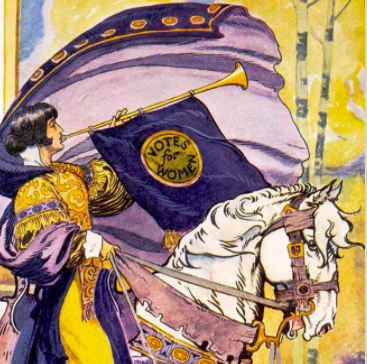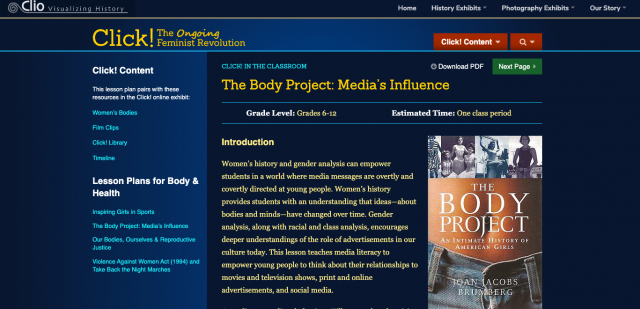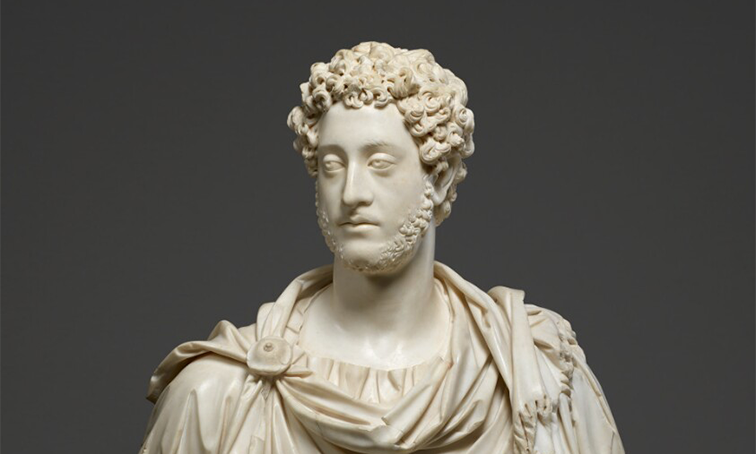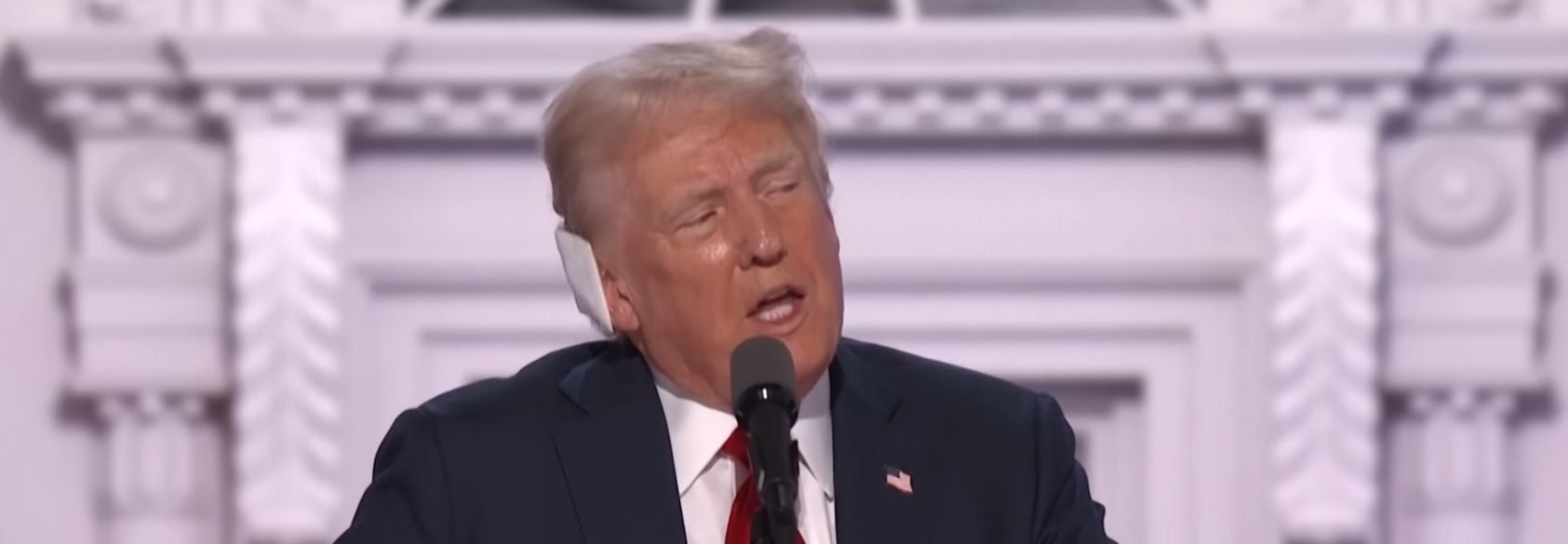About This Lesson
Women’s history and gender analysis can empower students in a world where media messages are overtly and covertly directed at young people. Women’s history provides students with an understanding that ideas—about bodies and minds—have changed over time. Gender analysis, along with racial and class analysis, encourages deeper understandings of the role of advertisements in our culture today. This lesson teaches media literacy to empower young people to think about their relationships to movies and television shows, print and online advertisements, and social media.
According to media scholar Jean Kilbourne, the advertising industry affects everyone but adolescents are most susceptible to the stereotypes that pervade advertisements and have the most difficulty questioning the cultural messages spread through media. Today, the global advertising industry spends about $500 billion dollars, with about $200 billion dollars spent on digital advertising. Most Americans see 4,000 to 10,000 advertisements a day. These advertisements mingle with the images that young people share on social media and research shows that young women who post images of themselves compare their bodies to the digital images posted by or of other women, including celebrities. Not surprisingly, they think they are less attractive than the celebrities. Learning about the power of advertising in a social-media world can help young people untangle the stereotypes and counter the harmful comparisons.
Warning: This can be a sensitive topic for some individuals. Let students know upfront what you will be discussing in class and give them the opportunity to voice questions and concerns they may have in regards to the topic.




















